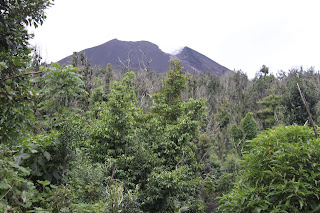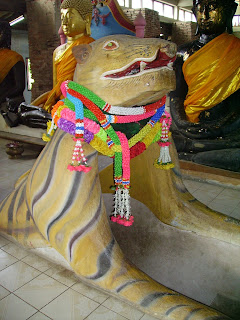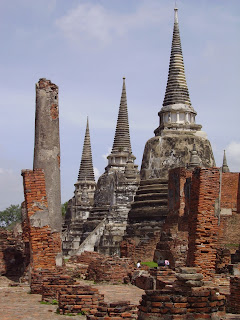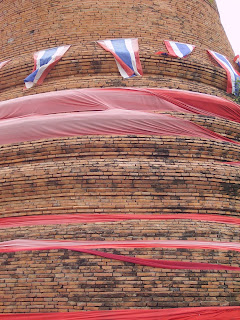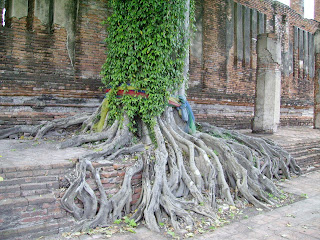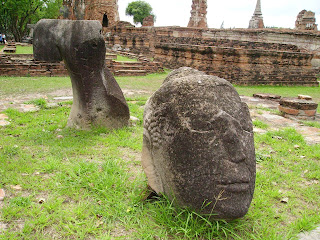 You may have seen photos of people walking on an active volcano, with fiery lava flows and people posing with big grins. If it's relatively recent, then this is probably Pacaya Volcano in Guatemala, because a 2006 eruption formed lava rivers down the slopes. It's most recent big action was in 2010 when the eruption rained ash down on nearby cities. It's a popular day hike from both Guatemala City and Antigua, but sadly, when I went, it was fiery no more, but the residue from the lava was amazing. There was even a spot where you could go underground and feel the heat of an exposed vent.
You may have seen photos of people walking on an active volcano, with fiery lava flows and people posing with big grins. If it's relatively recent, then this is probably Pacaya Volcano in Guatemala, because a 2006 eruption formed lava rivers down the slopes. It's most recent big action was in 2010 when the eruption rained ash down on nearby cities. It's a popular day hike from both Guatemala City and Antigua, but sadly, when I went, it was fiery no more, but the residue from the lava was amazing. There was even a spot where you could go underground and feel the heat of an exposed vent. Source: http://en.wikipedia.org/wiki/Pacaya


